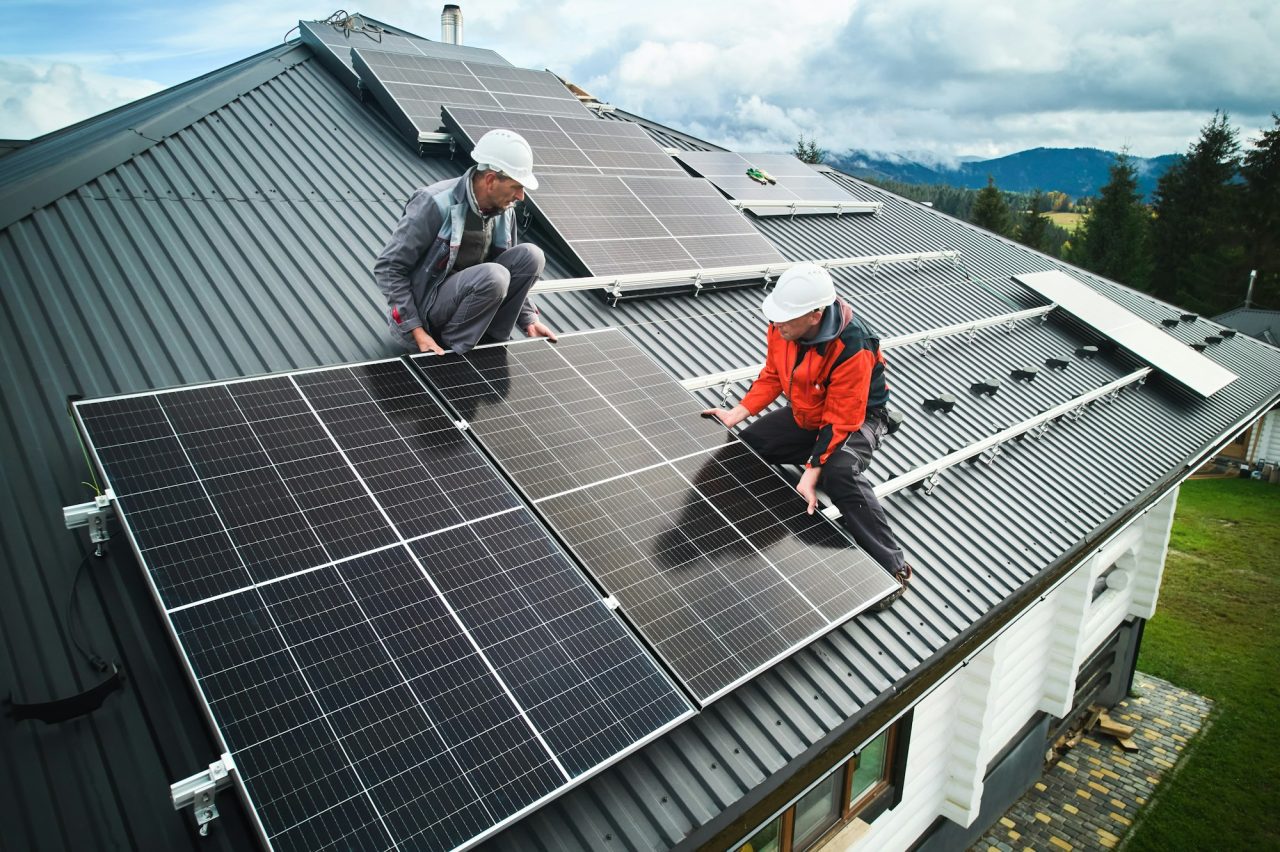Rooftop Solar: Harnessing the Power of the Sun at Home & Work
Turning Every Roof into a Power Generator
Rooftop solar systems offer a decentralized, cost-effective solution for homes, businesses, and industrial buildings to generate clean energy. By utilizing unused roof space, these installations reduce electricity bills and carbon footprints while promoting energy independence.

How Rooftop Solar Works
Solar panels are installed on residential, commercial, or industrial rooftops, converting sunlight into electricity. The energy can be used instantly, stored in batteries, or fed back into the grid via net metering, allowing owners to earn credits on their utility bills.
Key Benefits of Rooftop Solar
✅ Reduces Electricity Bills – Generates free power and lowers dependence on the grid.
✅ Net Metering Incentives – Surplus energy can be sold back to the utility, offering financial returns.
✅ Minimal Land Use – Maximizes available space without additional land costs.
✅ Low Maintenance – Requires occasional cleaning and minimal servicing.
✅ Increases Property Value – Solar-equipped homes and businesses are more attractive to buyers.
The Growing Demand for Rooftop Solar
The global rooftop solar market is expected to grow at a CAGR of 10% from 2024 to 2030, driven by rising energy costs and government incentives. Countries like India, the U.S., and Germany are leading in residential and commercial rooftop solar adoption.
Challenges & Future Scope
• Initial Investment – Upfront costs can be high, but subsidies and financing options make adoption easier.
• Structural Compatibility – Older buildings may require roof reinforcements.
• Advancements in Battery Storage – Improved battery technology will enhance rooftop solar efficiency.